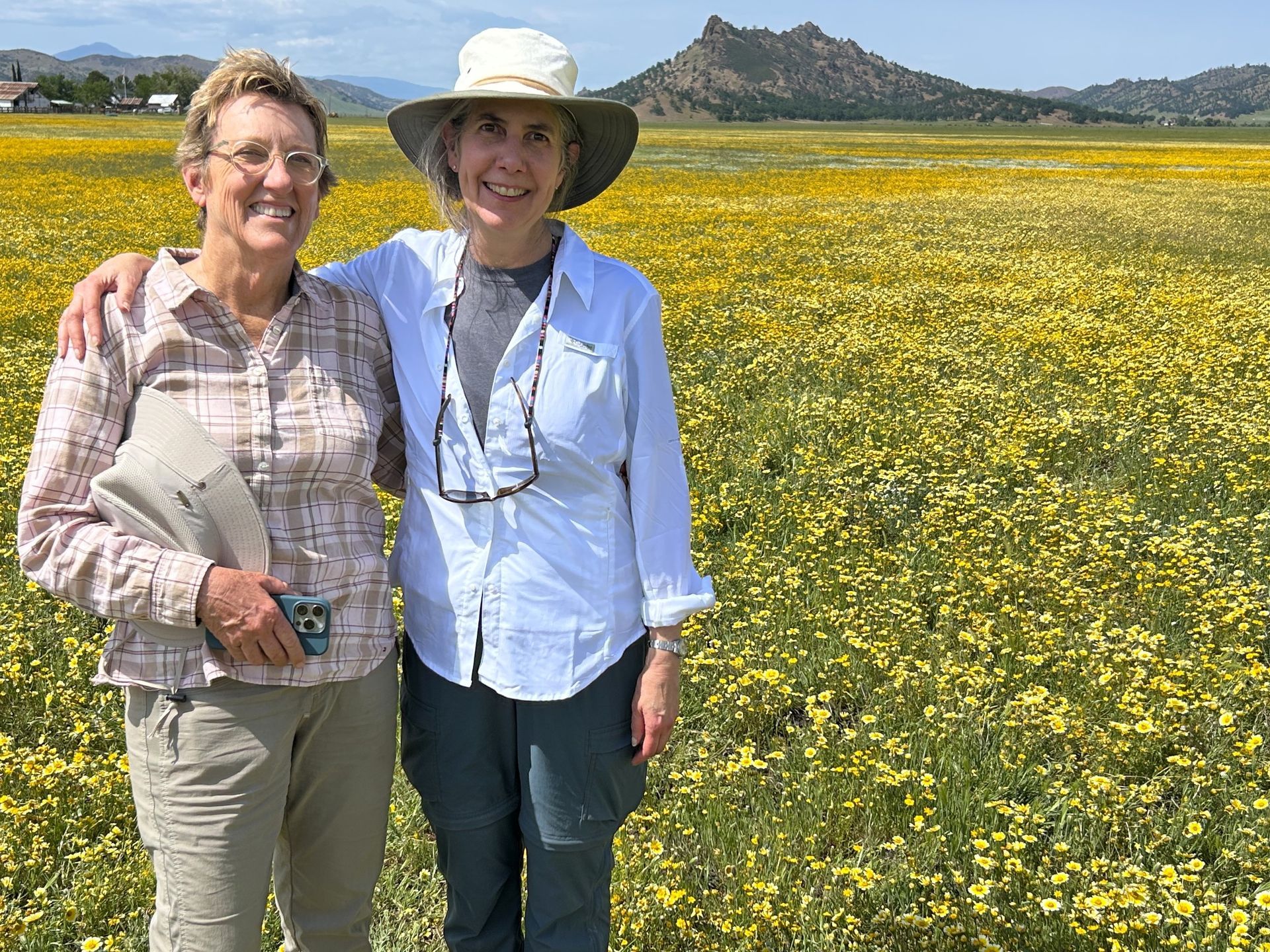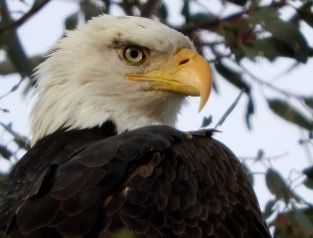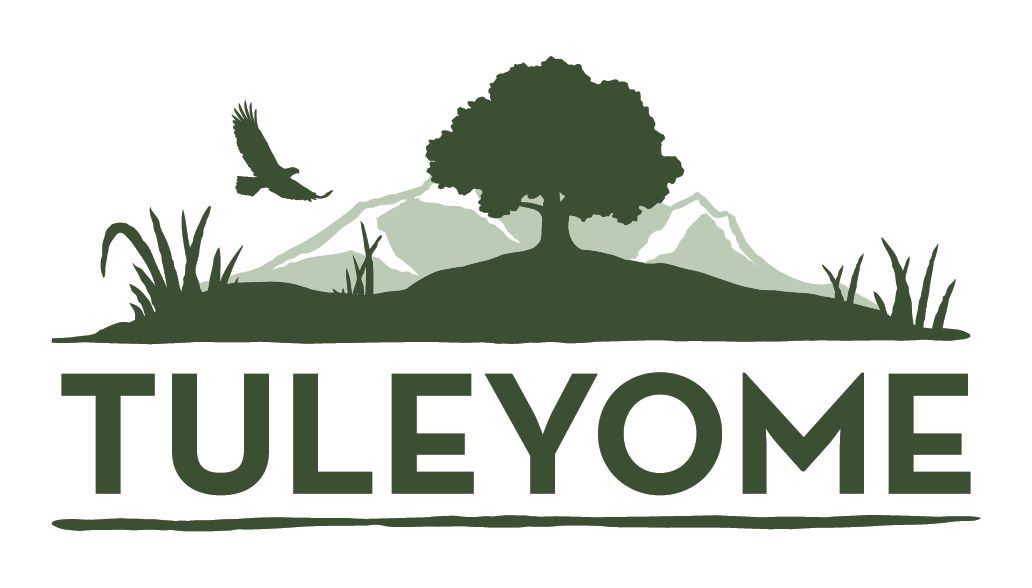Enjoying Outside - How Sunscreen Works

Photo: Holtenwellness.com
Ultraviolet (UV) light or radiation is a form of energy from the sun. On the electromagnetic scale, UV light has shorter wavelengths than visible light, which is why humans can’t see it, but longer wavelengths than X-rays. However, we can most definitely feel it; UV light is what causes sunburns, suntans and freckles, as well as more serious skin and eye diseases. Thankfully our atmosphere, primarily our ozone layer, filters out a lot of this radiation which is why reducing and minimizing impacts to air quality is so important. There are many types of ultraviolet light but the four most commonly known are: UVA, UVB, UBC and Near-ultraviolet. UVA has the longest wavelengths of the UV lights and is primarily associated with skin aging. It is not absorbed by the atmosphere at all and can penetrate deep into the middle layer (dermis) of the skin. UVB has shorter wavelengths than UVA and is associated with skin burning and affects mainly the outer layer (epidermis) of the skin. Much of the sun’s UVB is absorbed by the atmosphere. UVC has the shortest wavelength and is useful as a germicide. In nature it is completely absorbed by the atmosphere. Near-ultraviolet light is visible to insects, fish, some birds and some mammals. UVA and UVB have been proven to harm the DNA in skin cells leading to an increased risk of damage, premature aging and possibly even skin cancer. Exposure to UVA and UVB light can also cause eye damage such as cataracts and some cancers. However, some UV light is beneficial. Exposure to UVB is responsible for the formation of vitamin D and in some climates or locations that don’t have abundant sunlight, vitamin D may need to be supplemented. UVC is known to kill active microbes such as viruses and bacteria. Recent work has indicated that use as a germicide may make indoor air as pure as outdoor air which could greatly lessen the transmission of viruses in indoor settings such as schools and hospitals.
Thankfully for those of us that like to spend extended time outdoors, modern science has gifted us with sunscreen that can help prevent sun damage while we play or work outside. Although there are different types of sunscreens and they work in different ways, their main objective is to prevent UVA and UVB radiation from reaching the surface of your skin.
Physical sunscreens contain very finely ground minerals such as zinc oxide or titanium dioxide that physically sit on the surface of the skin and act as a shield to reflect the sun’s rays away from our skin. The minerals are what causes most mineral sunscreen, sometimes called sunblock, to be a dense consistency and look white on the skin. Physical sunblocks work extremely well and rarely cause irritation or allergic reactions (both zinc oxide and titanium dioxide are main ingredients in diaper rash creams) and it's these types of sunscreens that are considered reef safe or reef friendly because they aren’t leaving added chemicals in the ocean.
The ingredients in chemical sunscreens create a thin film on the skin that absorbs the ultraviolet radiation before it reaches the surface skin. These sunscreens are usually clear or rub in to be invisible which is more appealing to a lot of people but can cause stinging or irritation to the skin. These types of sunscreens usually contain about 20% of the active ingredient and the rest is emollients, stabilizers and fragrances which are responsible for the irritation for some people. Chemical sunscreens come in a variety of formulas from gels, creams, lotions and sprays.
Sun Protection Factor (SPF) is a way to measure how effective that sunscreen or block is. It is a measure of how much UV light gets to the surface of your skin. As it would seem, the higher the SPF number, the higher the protection factor. That doesn’t mean that you can stay out in the sun longer without reapplying though, it simply means that it’s filtering out more or less of the UV rays. An SPF of 30 allows about one-thirtieth (or 3.3%) of the UV to reach the surface of your skin which means that it filters about 96.7% of the UV light. Doctors and those in the skin care industry recommend a sunscreen with at least an SPF of 50 or greater.
Broad spectrum sunscreens provide protection from both UVA and UVB light. Many broad spectrum sunscreens are a combination of both physical and chemical blockers and are the most effective sunscreens. Sunscreen should be applied 15-30 minutes before going out in the sun and reapplied at least every two hours or more frequently after swimming, sweating or towel drying. Sport and water-resistant sunscreens should stay on wet skin and be effective for 40-80 minutes. All sunscreen should also be applied liberally; at least a teaspoon for the face and neck, another teaspoon for each arm and leg, another for the front and another for the back of the body. A good estimate is about a shot glass worth of sunscreen for your entire body. And don’t forget to do your ears, they take a beating sitting out there on their own. There are even specific sunscreens available for your hair and scalp.
In general, sunscreens are considered safe as long as you’re not allergic to any ingredients and it’s best to use sun protection daily, even on cloudy days. Water, sand and snow reflect sunlight and can result in a nasty and unexpected burn. For babies under six months of age, doctors recommend clothing and hats with SPF rather than sunscreens that can irritate their delicate skin.
So slather it on, front and back, top to bottom, and go enjoy the outside!
RECENT ARTICLES






